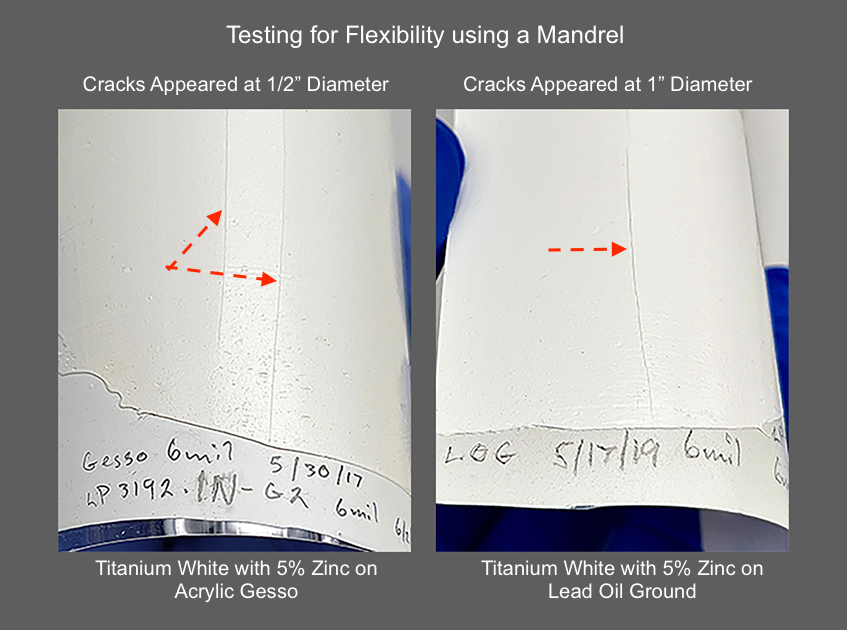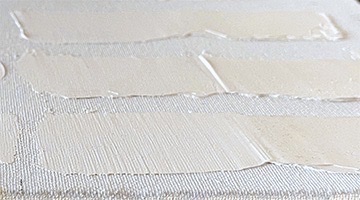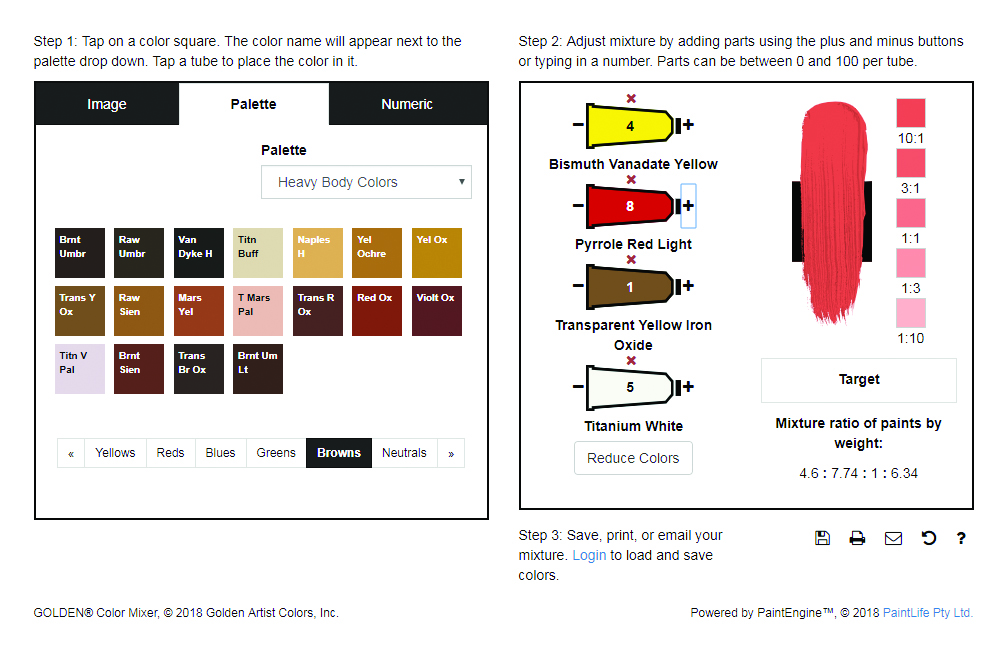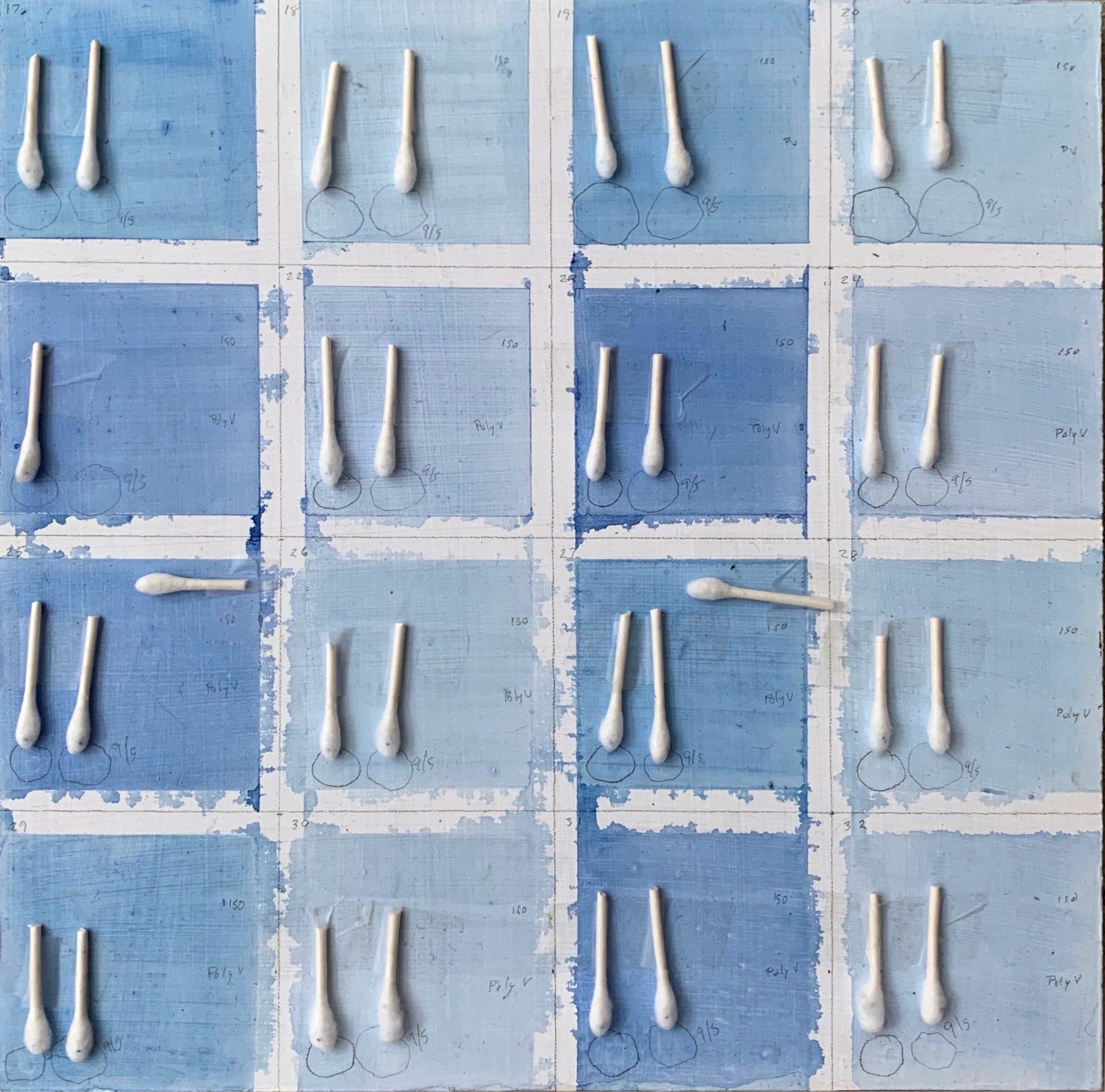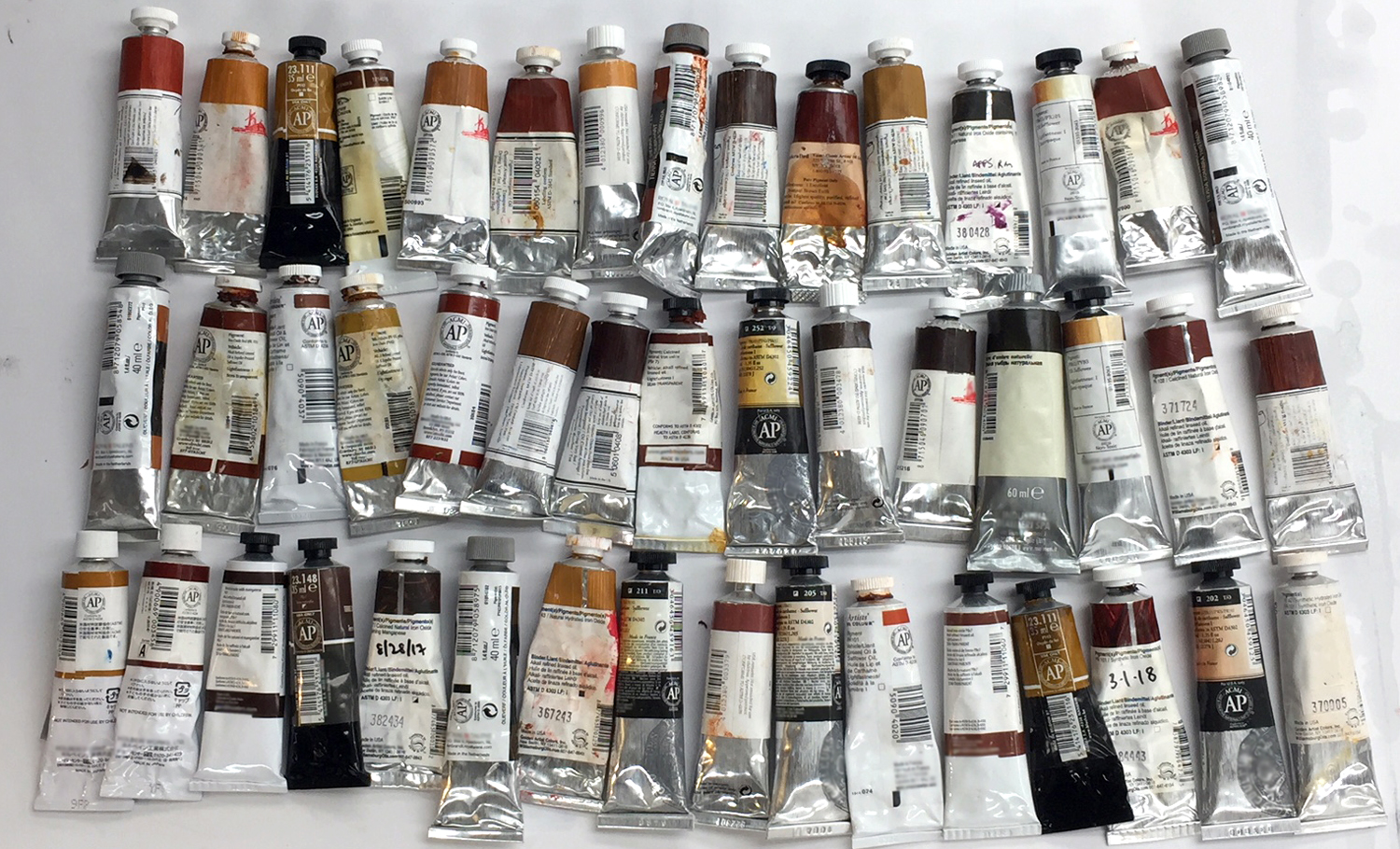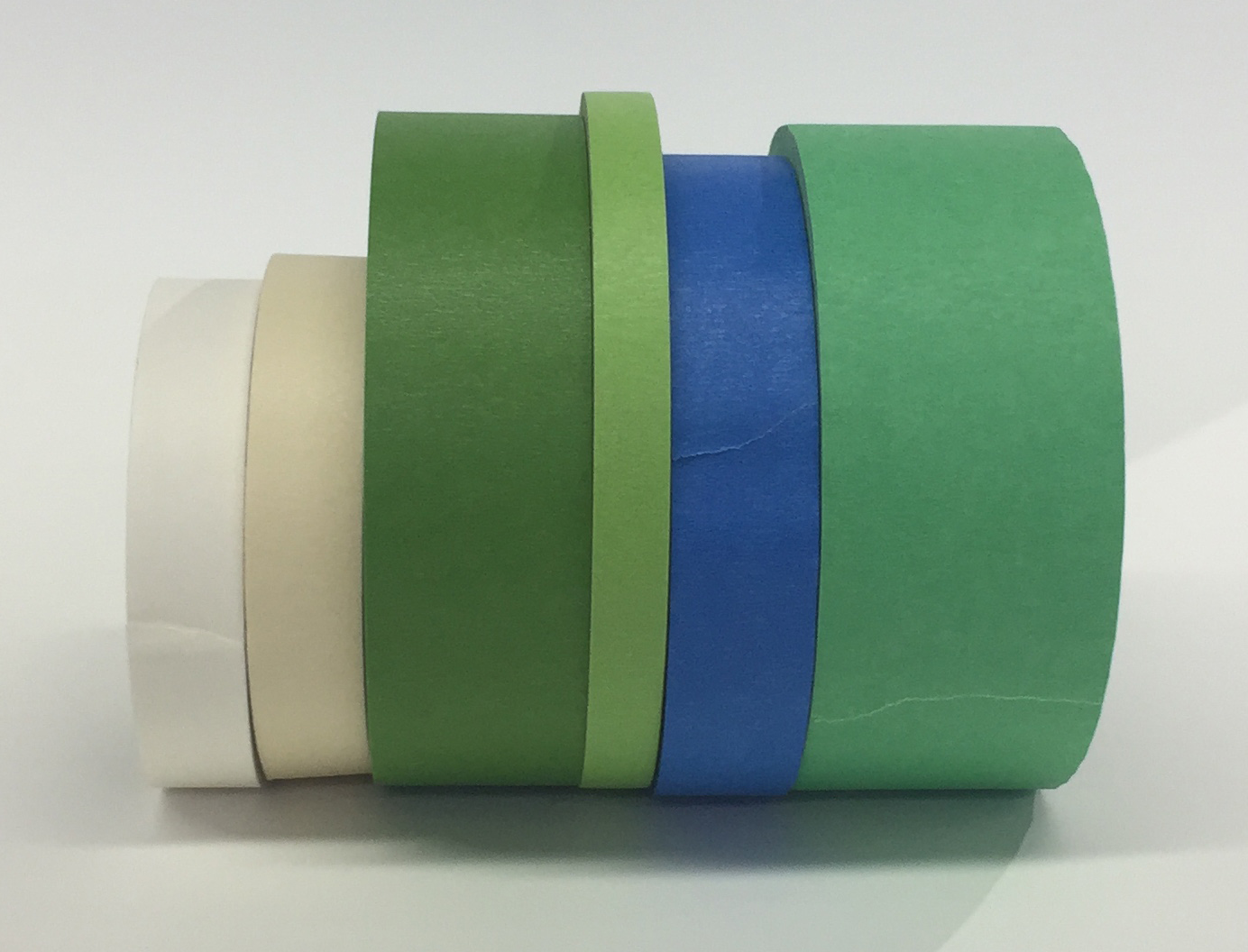January 28, 2025 Editor’s Note: In the wake of the Los Angeles wildfires, this article has been updated to include some additional resources for emergency funding and disaster relief specific to California residents. December 17, 2024 Editor’s Note: To make this article as relevant as possible, we have updated it with new and more timely … Read more
Home>Uncategorized> Artist Resources> Conservation> Health & Safety > Emergency and Natural Disaster Recovery Resources for Artists
About Sarah Sands
View all posts by Sarah Sands --> Archive |  Sarah Sands
Sarah Sands

I think we all know the feeling. You pause for a moment looking back towards a house or an apartment, a surround of land or the last vestige of a city’s skyline. It is always a very particular place, a very precise moment. You take things in, a slow deep inhaling of memories, a desire … Read more
Please Note: What follows is an update to long-term testing that we first wrote about in 2018. The original articles provide important background and context for understanding the current results, and can be found here: Zinc Oxide – Reviewing the Research, Zinc Oxide – Warnings Cautions and Best Practices, and FAQs Concerning Zinc Oxide (PW … Read more
Please Note: What follows is an update to long-term testing that we first wrote about two and a half years ago. The original article provides important background and context for understanding the current results, and can be found here: On the Yellowing of Oils Yellowing after 5 years It’s the first rounding of the curve … Read more
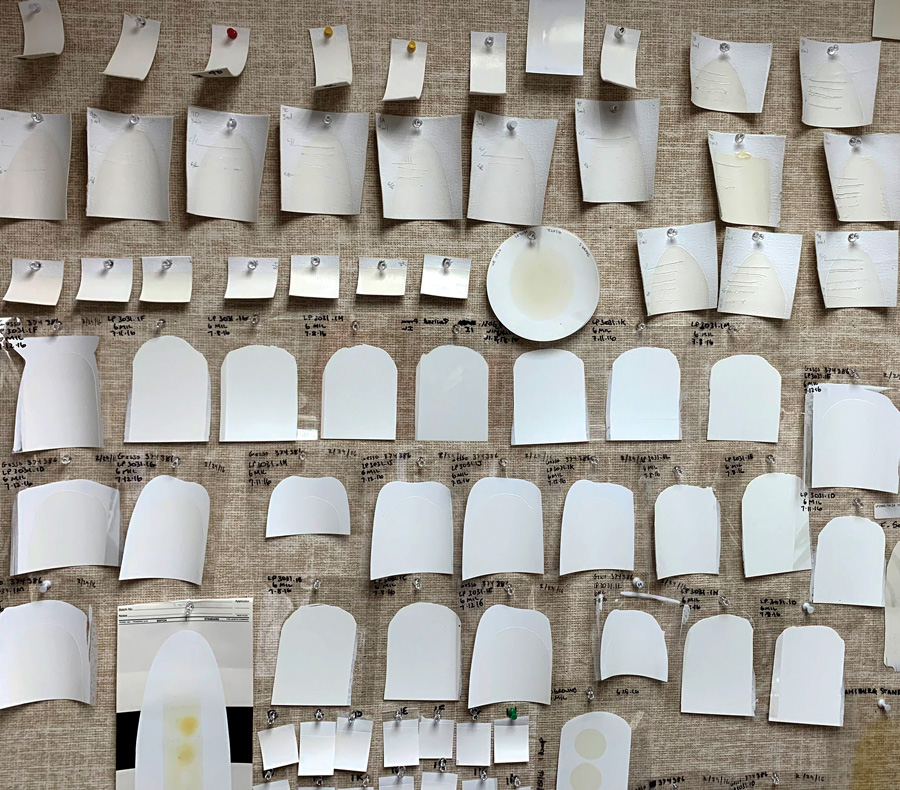
You would think that we would know more by now; that the questions would be answered, the arguments settled. But we don’t, and they aren’t. Even basic and fundamental issues continue to remain unaddressed by research. Will cold-pressed or alkali-refined linseed oil yellow more? Do historical and traditional processing methods lessen that? How do all … Read more
We are excited to introduce a host of new features and improvements to our Virtual Paint Mixer (MXR). These additions were inspired by your feedback and with the hope that it becomes an even more important and enjoyable tool for artists. So, as our holiday present to you, our customers, we are releasing Mixer 1.1 … Read more
In blog posts and workshops the warnings can seem dire: add too much water, we are told, and the acrylic binder will break down, causing paint to flake off or adhesion to fail. Some will set the magical mark at 30%, others at 50, but almost universally the rules are presented without citing or showing any … Read more
You reach for a tube of Cadmium Red or Ultramarine Blue and you intuitively trust that they contain the very pigments they are named after. It’s a trust formed over years and decades of personal use, along with an assumption, an almost blind belief, that paints must surely be labeled according to definite rules. Besides, … Read more
Painter’s tapes are ubiquitous, ranging from traditional masking tapes to newer yellow, blue, and green ones that tout different levels of tack and easy release, or highlight new technologies to tightly lock down an edge. For many of us, they have also become part of the common materials found in our studios. And what’s not … Read more
Oil paints dry through oxidization, so access to air seems clearly important, but what about light? How much does exposure to different light levels impact the drying process? Surprisingly, for a question that seems so basic and fundamental, there is not a lot of information or test data that one can find. While a few … Read more


